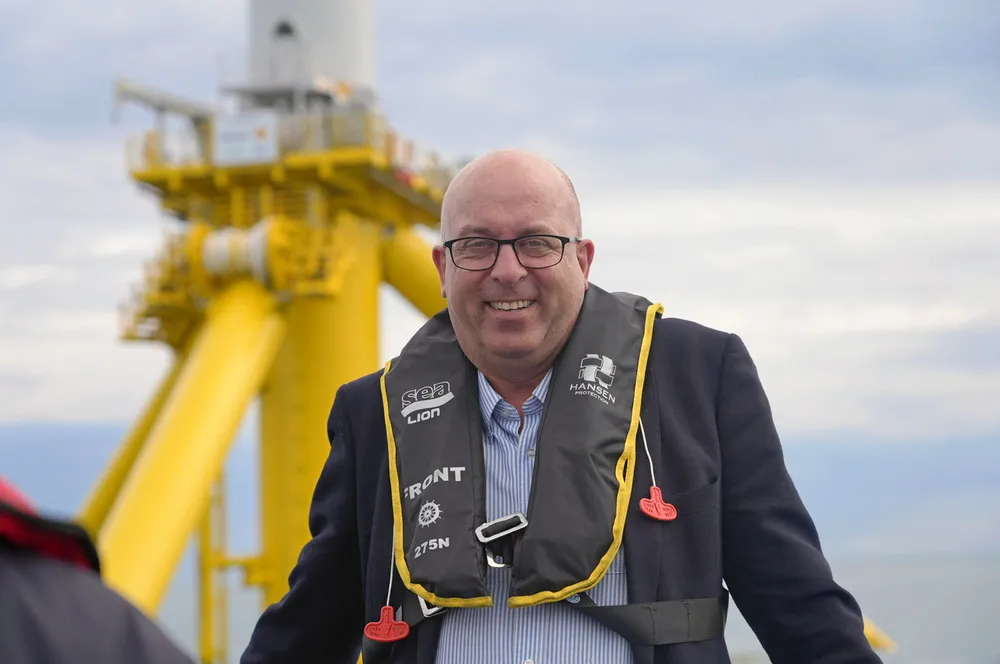Five European floating wind testing centres form alliance to accelerate EU pilot projects
Group aims to fast track permitting for demonstration arrays while creating new support schemes and initiating better incentives for data sharing

A group of five European floating wind test centres announced at the WindEnergy Hamburg conference they have joined forces to advance demonstration projects on the continent to accelerate sector development.
The centres include Biscay Marine Energy Platform (BiMEP), CEO, Fondation OPEN-C, Marine Energy Test Centre (METCentre), and Plataforma Oceánica de Canarias (PLOCAN) have come together to form the HiPoTeSis alliance.
The group said in a LinkedIn post it aims to “provide the European Union (EU) with the future high-power infrastructure for testing new floating wind projects.”
The group will prioritise fast tracking permitting for demonstration projects, two new pilots annually in EU call areas, support creation of a new European support scheme for infrastructure investment, and initiate better incentives for data sharing.
“Testing and demonstration projects are absolutely necessary to bring costs down in floating offshore wind,” said Arvid Nesse, CEO of METCentre in Norway.
Europe is targeting 10GW of floating wind capacity by 2030. Total global floating wind stands at some 231MW, led by Equinor’s 88MW Hywind Tampen array off Norway.
The US National Renewable Energy Laboratory tracks a global floating wind pipeline of 104GW by 2050.
“It is crucial to standardise and industrialise floating technologies between 2024 and 2030,” said Bertrand Alessandrini, general manager of the OPEN-C Foundation. “To remain a leader, the EU must develop this infrastructure and act now to stimulate innovation.”
Permitting reform is a key priority for the alliance, which notes that small pilots undergo the same years-long process that giga-scale commercial projects do.
“The permitting process could be more straightforward, considering these permits are intended for a limited number of turbines, for a limited length of time and already located in testing areas, compared to commercial wind farms," says Carlos Pinho, president of the Board of Directors at CEO.
Upgrading grids for the next generation of floating offshore wind turbines will require substantial capital investments, including new substations and export cables, the group noted.
“Our test sites are essential for the acceleration and success of the industry in Europe, and that is a compelling argument for increased funding schemes,” said Jose Joaquin Hernandez Brito, director of Spain’s PLOCAN.
(Copyright)